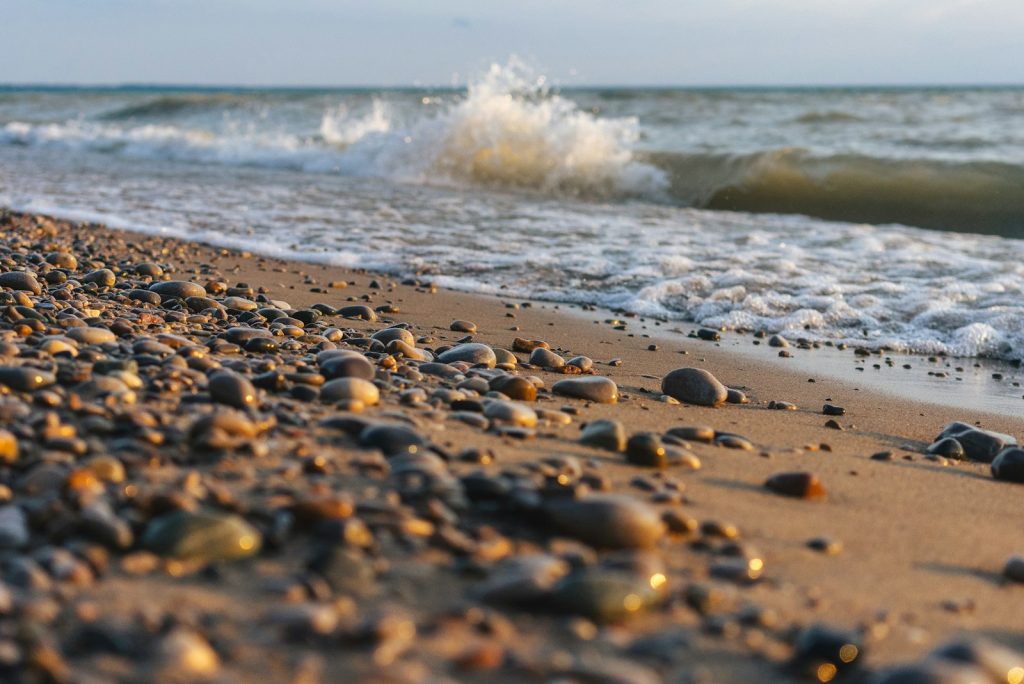Local biologist says fewer softwood trees in Nova Scotia means intense challenges for forest life
Posted Oct 30, 2017 11:18:00 AM.
This article is more than 5 years old.
A woodlot owner and retired biologist says Nova Scotia's native wildlife will have difficulty adjusting to the new forest composition a recent federal study is predicting.
The Natural Resources Canada assessment suggests by the end of this century the province will have significantly fewer softwood trees.
The study says there will be an average temperature rise of 7 degrees Celsius by the end of the 21st century and as a result trees like red spruce will decline between 10 to 20 per cent while hardwoods that prefer warmer climates will increase.
Local biologist Bob Bancroft tells News 95.7 he thinks the study is dead on about dead trees.
“Even this past summer and the summer before we have had droughts,” he says. “The trees go into a kind of shock when you have prolonged heat and drought conditions.”
He says there are a few softwood species with slightly deeper roots, including pines that have adapted to drier conditions. However, he says most softwood species like spruce and firs are going to have a rough go as they thrive in cooler and moist climates.
“It's ironic our provincial tree, which is the red spruce is one of the ones that is vulnerable,” he says.
Bancroft adds a change in forest composition will also mean a shift in the life that occupies it.
He predicts species accustomed to the cool weather like the grey jay will see their populations dwindle. He says the birds nest in the winter and depend on their stashes of food to stay frozen in order to feed their young.
“What's happening with the warming weather is that their meat is rotting,” he says. “The winter used to keep it frozen but that is disapearing.”
Bancroft says the change in trees will encourage invasive diseases and species like the emerald ash bore which live underneath the bark of ash trees – a hardwood species the study suggests Nova Scotia will begin to see more of.
“There are a lot of challenges ahead for the province's trees and wildlife,” he says.








